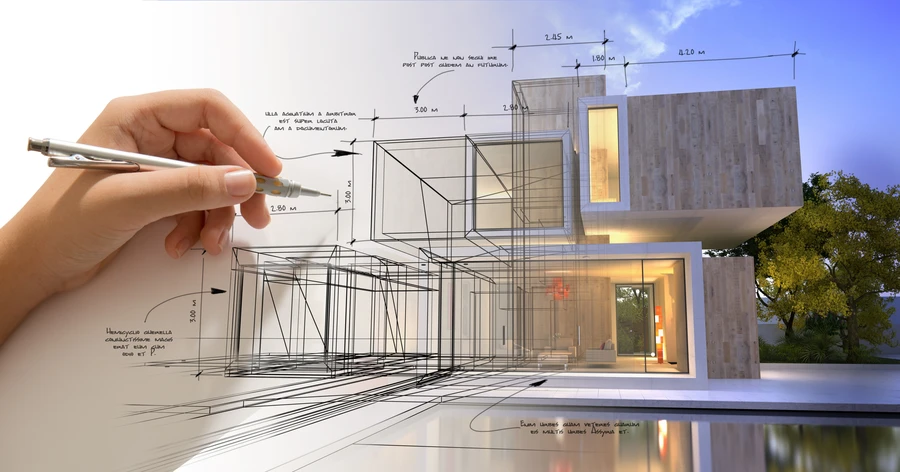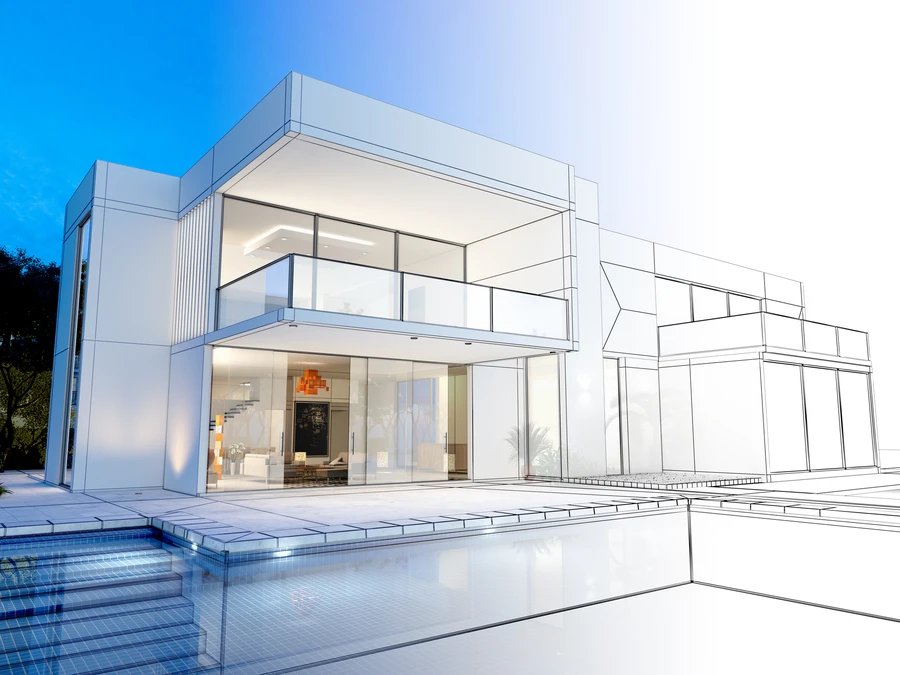How to Choose the Right Exterior Design for Your Climate
Navigating Design Decisions Based on Weather Conditions
It’s crucial to understand how to choose the right exterior design for your climate to create a comfortable and energy-efficient living environment. The choice of materials, colors, and architectural styles can significantly impact how well a home withstands varying weather conditions. Whether you live in an area with extreme temperatures or frequent rainfall, selecting appropriate design elements will enhance durability and aesthetic appeal.

Understanding Your Local Weather Patterns
Before diving into exterior design options, it’s essential to assess your local weather patterns. Different climates require different solutions to protect homes from environmental stressors. For instance, if you reside in a region prone to heavy snowfall, sturdy roofing and proper insulation become pivotal. On the other hand, homes in tropical areas benefit from designs that offer ample ventilation and moisture resistance.
The Role of Materials in Climate-Sensitive Designs
The choice of materials plays a central role in achieving an effective design tailored to your climate. For hot, sunny regions, materials with high thermal mass, such as concrete or brick, help regulate indoor temperatures by absorbing heat during the day and releasing it at night. In contrast, wooden siding may be more suitable for milder climates due to its lower thermal mass and natural insulating properties.

Color Choices for Different Climates
Colors are more than just aesthetic choices; they influence the home’s ability to handle various climatic conditions. Light-colored exteriors reflect sunlight, making them ideal for warm climates as they help keep homes cooler. Conversely, darker shades absorb heat, which can be beneficial in colder regions where additional warmth is desired. Thoughtfully considering color choices can complement the overall design strategy and improve comfort levels inside your home.
Maximizing Energy Efficiency With Strategic Design
Designing for energy efficiency involves incorporating features that reduce reliance on artificial heating and cooling systems. This might include larger windows for increased natural light in colder regions or overhangs and shading devices to block the summer sun in hotter climates. Additionally, integrating renewable energy sources like solar panels can further enhance sustainability.
Reach Out for Tailored Design Solutions
If you’re uncertain about the ideal outdoor design for your home, JG Interior Design LLC is here to help. I provide expert guidance on selecting designs that suit your unique climate needs in Huntingdon Valley, PA. Call (267) 219-9140 today for personalized advice and transform your home’s exterior into a resilient and beautiful space.